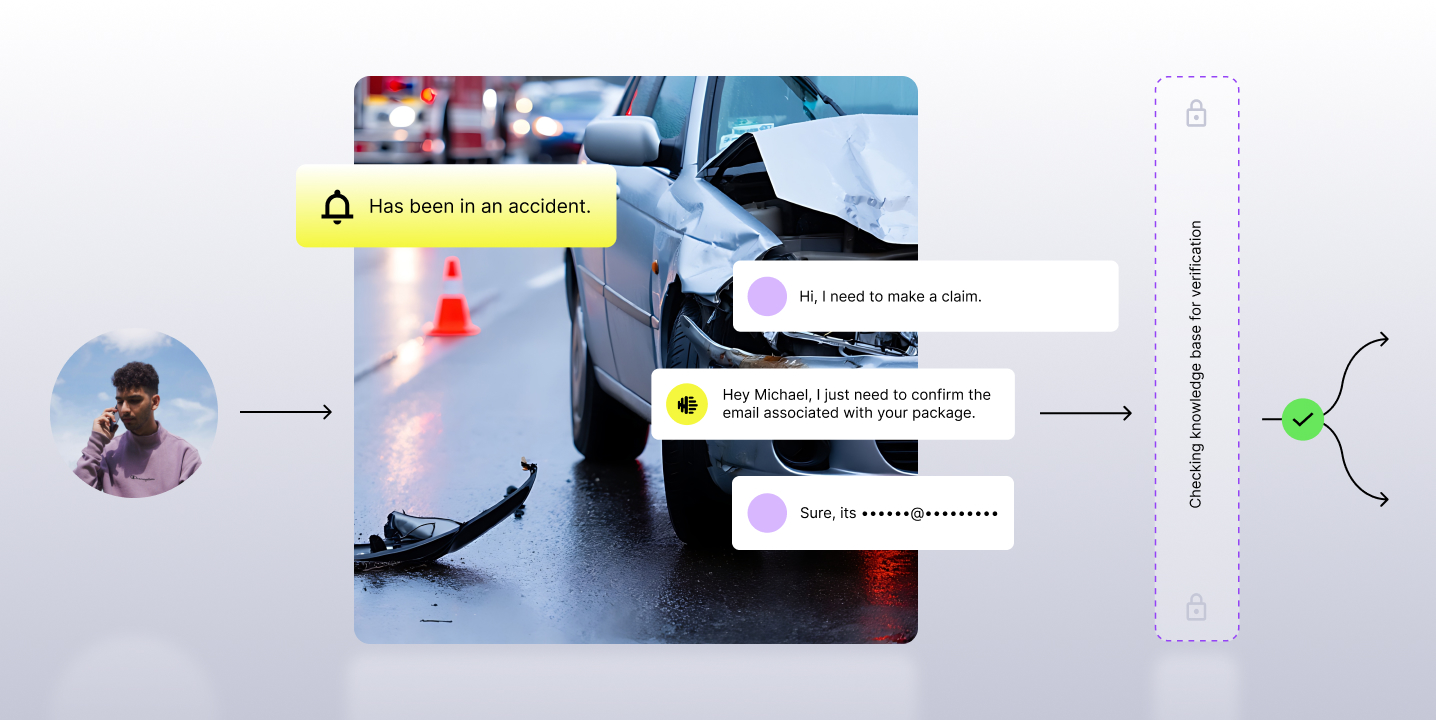This story is part of an ongoing series exploring how organizations are supporting remote work during the Covid-19 crisis. We hope these stories provide actionable tips and inspiration that organizations can use to make this transition a little bit smoother.
Root Insurance, a unicorn automobile insurance provider, has always been ahead of the curve when it comes to taking a digital-first approach to service agent evaluations, coaching, and quality.
We sat down with Chad Hudgins, who leads quality and training for more than 150 customer support agents at Root, to learn how they managed the rapid transition to a 100% remote workforce.
Here’s what we learned and a step-by-step process you can use while transitioning your contact center remotely.

Step One: Make Sure Everyone is Safe and Connected
“We decided to make the switch to work from home overnight. We went from everyone in the office to 97% of our company working from home. That’s a massive shift in a short amount of time.”
Root had to transition their 100% onsite workforce to work from home in a matter of days. Their first priority was ensuring their agents were safe and set-up for success at home. That meant checking in on their access to WiFi and coaching agents on how to create the right work environment for taking support calls remotely. Despite the immediacy of the shift, the move went quite seamlessly.
Part of that was because of Root’s existing cloud-based tech stack. Root had already implemented tools to handle collaboration, quality assurance, agent evaluations, and more remotely, as well as to get insights from 100% of its support calls via speech analytics. That included using Platforms like Slack, Zoom, Google Hangouts, Kahoot, and Observe.AI.

With these tools, Root then moved into the second phase of their transition -- keeping agents connected and productive from home.
“The following week after we went remote, we had a brand new class of agents to onboard. We had to completely rethink our training to go virtual. That meant utilizing platforms like Kahoot for eLearning, and Zoom and Hangouts for small team coaching.”
Step Two: Coach on Process and Consistency
Root Insurance’s business relies on providing a consistent experience to its customers and setting the right expectations on calls.
For Root, it was important to tune its speech analytics and quality management platform - Observe.AI - to analyze every single call and see if agents were properly adopting new messaging or processes.
“For instance, we wanted to know if agents were correctly messaging around our new billing policy. We’d developed a specific process to educate customers on how to easily use our self-service app rather than handling billing over the phone.”
With Observe.AI, Root is able to monitor interactions, such as mandatory compliance dialogues, and hold time violations through its “moments” feature. With moments, Root can look deeper into every interaction that takes place on calls, and understand how frequently it takes place with these deep insights, agents perform compared to one another on calls.

“With Observe.AI, we were able to quickly see who had adopted that process or not, and then set-up huddles over Google Hangouts to help those who needed more coaching get confident with the talk track adjustments.”
Step Three: Drive Engagement and Interaction
Like many brands during this transition, Root still had classes of new agents being onboarded, and they had to lead those agent training sessions virtually for the first time.
“We learned a lot about how different the class dynamics are during virtual onboardings. For instance, at first, our trainers were getting through the material very fast. We realized that when the class was virtual people were less likely to stop and “raise and hand” to ask questions.”
Because Root already had several diverse services to choose from, it wasn’t difficult for agents and supervisors to interact effectively. To create more interaction on its onboarding and training calls, Root found a few things successful, including:
- Breaking content down into more digestible “micro-learning” sessions
- Using eLearning services like Kahoot and Google Surveys to test for knowledge retention
- Organizing break-out sessions with peer groups via Google Hangouts
- Buddying agents up for virtual job shadowing
What's Next for Root Insurance?
Root Insurance has continued to grow explosively for some time, and they have no plans to slow down. However, they’re well aware that work from home will continue for the foreseeable future for those who are lucky enough to do so.
When asked about what the future holds for Root, Chad said they’re really just starting to look at their options.
“Whether it’s partial work from home, flexible, or permanent, I’m not sure yet. But we’ll probably support a remote contact center at some capacity.”
For more, see how Root Insurance uses Observe.AI in their quality programs, or download our Playbook on How to Handle Call Surges where we interview the team.
















